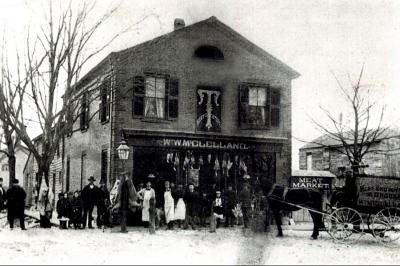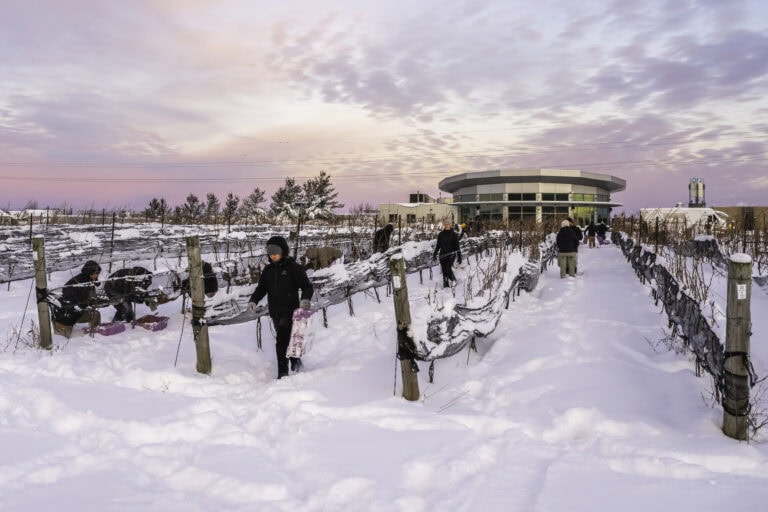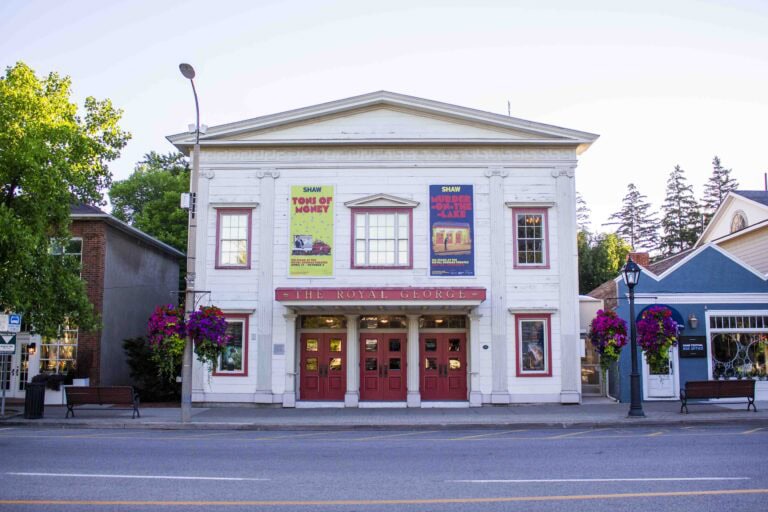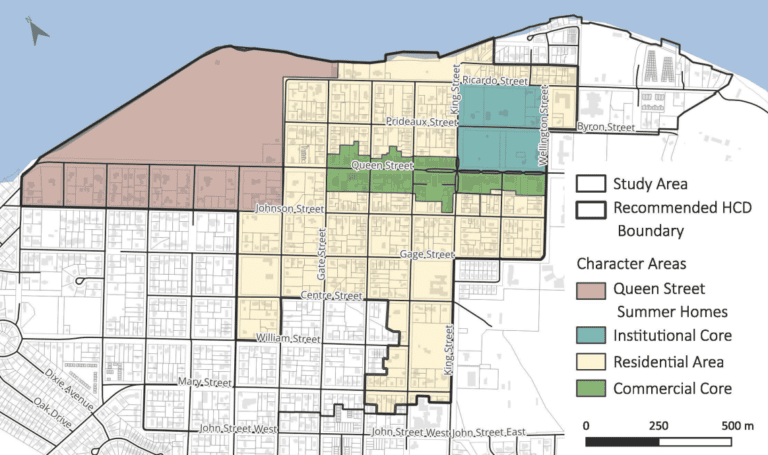One hundred years ago, a new decade greeted the world: the Roaring ‘20s. Everyone agreed this decade would be better than the last.
The First World War was over, men had returned home and peace of the 1920s was expected to be a time of advancement and achievement. The old town of Niagara (now NOTL) was not going to be left behind.
The horse and buggy was still the most popular mode of transportation in town. In fact, most roads would not have been very accommodating for the new car, the Model T.
The River Road (Niagara Parkway) was furrowed, potholed and very muddy during the spring and summer season. Niagara Stone Road (Hwy. 55) had only been paved partway to St. Catharines. And actually, the very name of this road came from farmers clearing their fields and donating the rocks and stones to the building of the road.
There were few tractors working the fields. Instead, you would see teams of horses pulling ploughs followed by the farmer, who worked the land.
The town had three livery stables: Greens on King Street where the Grill on King is now located, May’s which was located near the present-day post office and the third at Ricardo and Melville streets called Sherlock’s.
Among the three livery stables there were more than 30 horses for hire. May’s livery also had the most modern of conveyances – a Chevrolet touring car for hire but only when weather permitted.
It was also in the early ‘20s when the Adam Beck Power Canal was being constructing. This canal ran from Chippawa to just south of Queenston, where the new generating plant was under construction.
Many men from the town were transported by bus from Sherlock’s livery to the constructions sites. These men became known as “canal carpenters” as they were largely responsible for building the huge forms for the concrete to be poured during construction. It was noted that if a man owned a hammer and was still breathing he could be assured of a job on the power canal.
Groceries were delivered by horse and wagon to residents in town and to the farms scattered around the community.
And unlike today, most groceries were put on credit with the accounts being settled once a year, right after the harvest season was finished. If the harvest was not particularly profitable, during the winter months many farmers cut and hauled ice to the ice house to be stored for the next summer.
The largest store was run by the McClellan Brothers (Fred and Will) who, besides the local trade, also had the summer trade. These summer accounts were most often the wealthy American businessmen and their families who spent their summers in town. Those accounts were settled monthly. Smaller grocery store owners were Richard Allen, Thomas and James Bishop, William Ryan and Minnie Howse.
Just like today, property taxes also had to be paid. Those who could not pay in cash instead hauled gravel from the lake and river shorelines and dumped it into the pot holes of the roads that needed the most repairs.
These same men, with their teams of horses, could also be seen ploughing the Commons (King and John streets) to plant hay and then they would harvest the hay in the fall.
For many years during the summer months the town’s young people worked in the orchards picking fruit or in the Queens Royal Hotel as bell hops, dining room waiters, parlour maids and kitchen help.
Some lucky young lads even got jobs as caddies for the privileged few who golfed on the town’s two golf courses, while others worked the docks where boat rentals were handled.
Other employment at this time was the laundry business for the hotel. Many families in Irish Town (King and Paffard area) took in laundry to supplement the family income. Where the Pillar and Post Hotel is now was located one of the area’s largest canneries and basket factory. Summer was a busy time for all.
When winter came there was very little in the way of jobs or entertainment. There were the fortunate few who had a radio but for most families the church provided their social life, with Sunday services held morning and evening, Sunday school for the children and family gatherings in the afternoons.
Occasional birthday celebrations, skating on the ice rink in Simcoe Park, or watching a pickup hockey game also broke the monotony of winter.
During the First World War, Mrs. M. N. Norris built the Kitchener Theatre on Queen Street to entertain the soldiers who were training in Niagara Camp.
Mrs. Norris had great ambitions to provide live entertainment and vaudeville was introduced to the town. After the war, with Niagara Camp now closed, revenue declined greatly.
In 1925, George Reid bought the theatre and introduced moving pictures. There was a projectionist and his assistant, and three people who provided piano accompaniment for these new silent movies. From vaudeville to silent movies to the “talkies,” the theatre continued to be a source of entertainment for the town. It was in 1980 that the movie theatre became the Royal George Theatre for the Shaw Festival.
Queen Street was a thriving commercial venue in the 1920s with dry goods stores, men’s and ladies shops, grocery stores, a hardware store, apothecary, bank and a few restaurants. The street itself was paved, sidewalks and curbs were added. The old town of Niagara (NOTL) was in full recovery from the First World War.
The 1920s looked very positive and rosy for the town. Little did people realize what was in store for them at the close of this decade.
More Niagara’s History Unveiled articles about the past of Niagara-on-the-Lake are available at: www.niagaranow.com











